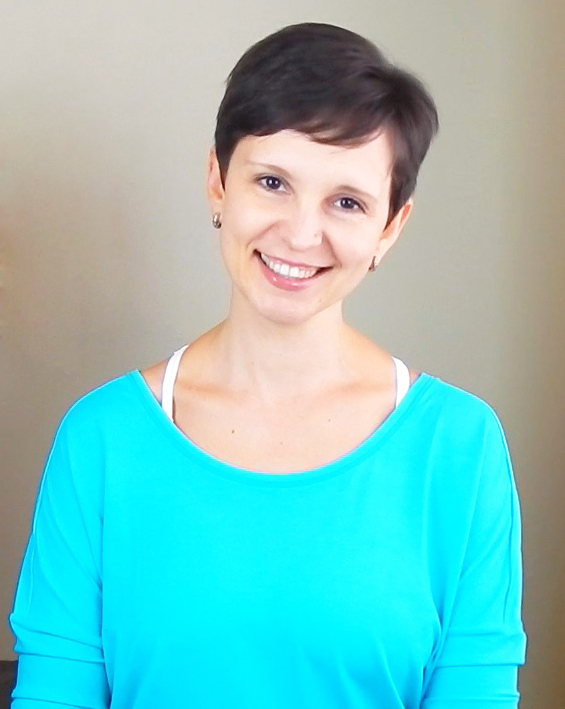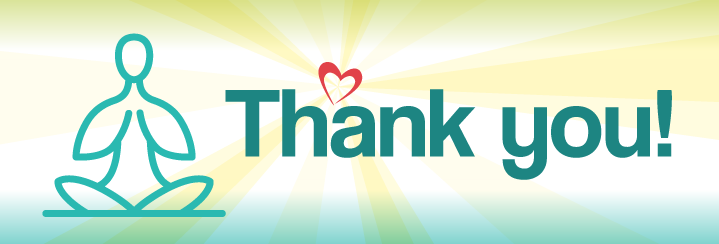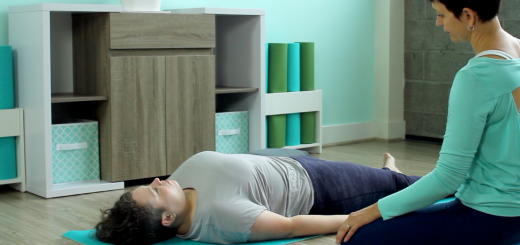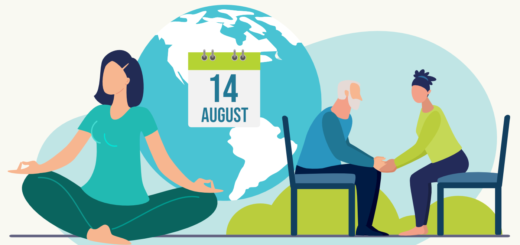Thank you for your feedback! A quick peek into 2017
13Thank you, thank you, thank you to all of you who completed our Reader Survey! I take your feedback to heart and will use it to guide my publishing choices this year. And I am profoundly grateful for the fantastic feedback I got for my writing – it definitely fuels my passion. I am constantly amazed at how receptive, giving and positive you guys are – it truly moves me!
I was really excited to find out that most of you are open to trying all kinds of yogic tools, including mantra and ritual, which means that we will experiment with those and see what kind of impact they can have on your practice.
Here is a quick peek at some major topics that I have planned for this year. And stay tuned for an exciting announcement next week!
Stability and ease at every level. As human beings we always seem to strive toward that elusive sense of balance on every level of our systems; physical, energetic, mental-emotional and spiritual. What does that look like? How can yoga help? How can we carry that knowledge into our classes and engage our students with it (even the ones who are only interested in the physical aspects of yoga)?
Is chronic pain mostly in our heads? Modern science confirms times and times again that the sensations of pain we experience in the body for longer then 6 months have little to do with actual tissue damage and a lot to do with how our brains interpret pain signals. It doesn’t mean that the pain is not real, but it does mean that we need to address it at other levels, not just physical. We will dive deep into the subject to see how yoga can help.
Yogis ahead of science – the inner workings of the brain. Don’t you just love it when recent studies confirm what yogis have discovered ages ago? This time we will take a closer look at the way our brains work and some major yogic ideas that are now supported by science. If we can learn to observe our mental processes and direct our attention to where we want it to go, we can literally rewire our own brains in a process called “self-directed neuroplasticity”. This is essential if we are trying to facilitate positive change in our own lives and the lives of others. So we will use insights from modern science and Patanjali’s Yoga Sutras to try to understand the inner workings of our minds.
Yoga for seniors – it’s not just about health conditions. When we teach yoga to older students, we are always concerned with taking into account their physical state and whatever conditions they’ve been diagnosed with. This is necessary, of course. But we also need to remember that we are working with people, not conditions, and those people have other needs, too. How do they feel about retirement? Are they loosing friends? How are they managing family connections? How do they feel about their living situation? Do they feel the need to connect to something greater then themselves? Every stage of life brings its own challenges and facing those can be hard, especially if one is doing it alone. If we want to create a sense of community and support in our senior classes, we shouldn’t shy away from those topics and give our students space to explore their feelings and support one another.
We will cover those topics – and plenty of others – in 2017. Let’s dive in!






















You are such a treasure, Olga! Thank you for all your hard work and for sharing the rewards with us!
How do you stay so healthy looking? Yoga, yes, but diet, too? Lately I am mind-numbingly frustrated over what to eat, not eat. Possible topic for 2017–how yoga and food can provide relief for IBS-D, as well as for healthy ageing.
Thanks Susan! 🙂 I don’t follow any particular dietary regimen – it gets me anxious to think about my food too much. Less processed foods, less sugar – that’s about it. 🙂
Hi Olga. What you’ve said here in the section about seniors resonates especially after my most recent class. In the check-in at the beginning of class, one woman stated that, rather than physical issues, she’d had some emotional issues lately. For our previous class, just before New Year’s, I chose a sequence I’d developed using your “letting go of worry” practice (a favorite of mine, I have to say). Although she did not share specifics with the group, she commented that she felt that practice was especially helpful for the emotions she was experiencing. Warmed my heart & I wanted you to have her feedback as well. Thank you for all you do for us & for those with whom we share yoga.
Thank you Joy! This is a great example that we don’t need to “dig” in our students’ emotional states, so to speak, but simply offer them space and tools to process them. I am happy to hear that the practice was helpful – I love it, too! 🙂
Cannot wait!
Thank you Olga! You are the best!
It’s an inspiring array of topics for this coming year! Pain in my head, not really in my body? I’m intrigued.
Your website is such a source of knowledge and is so organized. Thank you Olga!
Hi Olga!
Yes, you are such an inspiration for me as a teacher and as a student!Namaste!
Great topics! “Self Directed Neuroplasticity” is something I’ve been working on for the past 6 mos. with certain ongoing pains in my own body. One tends to raise one’s eyebrows when they hear the pain is “all in your head” because it feels very real in the body. Yet, why do we often forget about it during practice? Or why does it reduce when our mind is concentrating on other things, meditation, laughter, a good conversation or music? Also, thank you for your great sequences that have inspired me this year.
Those are all excellent points Farrel! Quite rightfully, folks might get upset if somebody tells them that the pain is in their head, because it sounds very disrespectful to their experience. What we are talking about is the way brain processes pain signals, and how we can approach it from a different angle, not just by targeting the painful body part. I would be very interested to hear about your experiences experimenting with this topic on yourself once we get to it – as the Yoga Sutras say, direct experience is the most reliable source of information!
As a ‘senior’ who still practises yoga I appreciate all that you offer. Your insights are invaluable and your chair yoga sequence has been a gem. Your careful description of techniques is awesome and easy to follow, although I do struggle with stick figure drawings – that’s probably just me. Thank you.